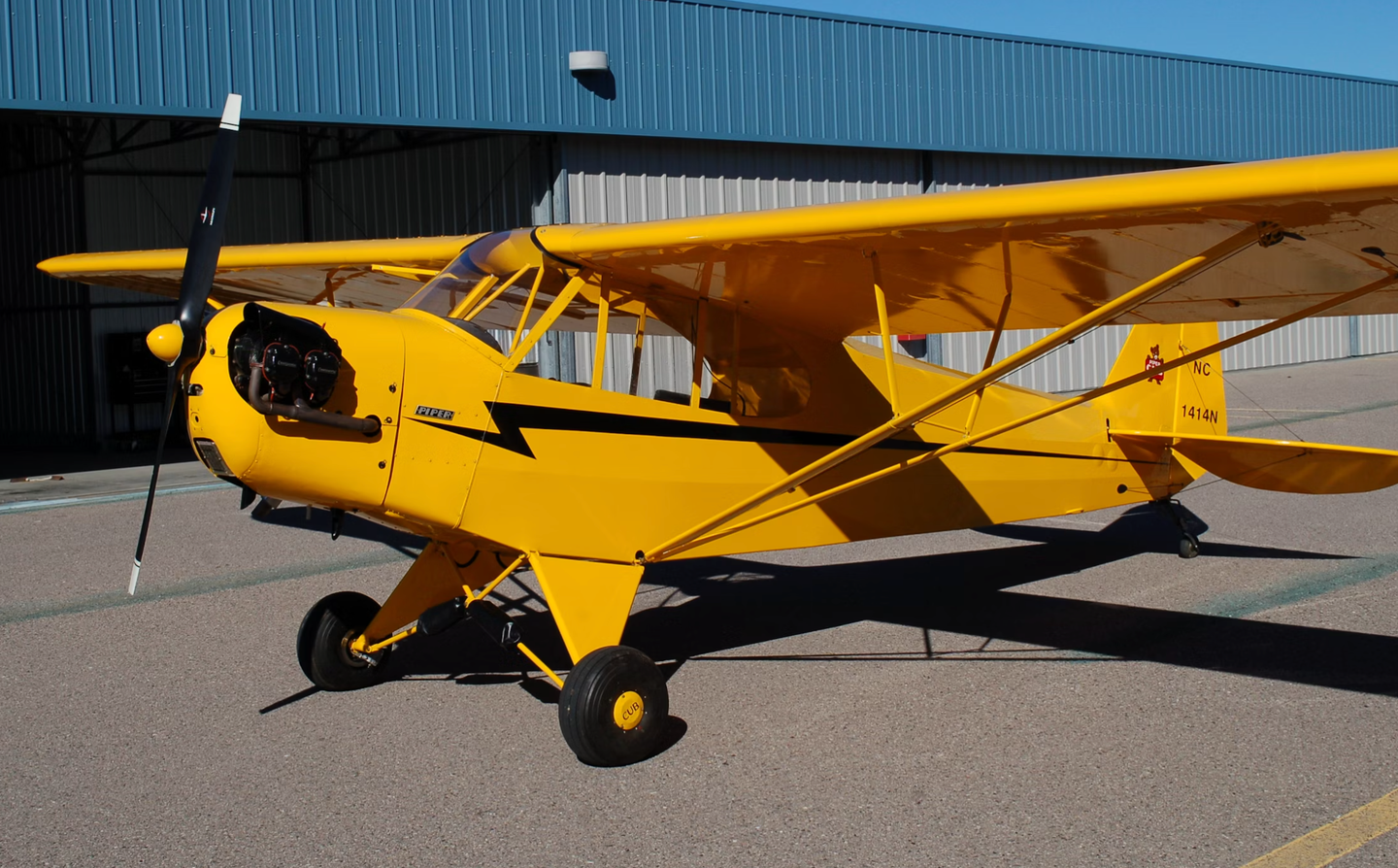A Look At The Piper Jet
Approximately two years after unveiling its much-anticipated PiperJet, Piper Aircraft recently gave members of the media, Piper dealers and prospective owners a firsthand look at the jet. Piper’s unveiling consisted of both a ground viewing and aerial demonstration over the Vero Beach, Fla., factory. With more than 200 visitors on hand, Piper provided many new details on the jet’s performance, design and certification status.
 Approximately two years after unveiling its much-anticipated PiperJet, Piper Aircraft recently gave members of the media, Piper dealers and prospective owners a firsthand look at the jet. Piper's unveiling consisted of both a ground viewing and aerial demonstration over the Vero Beach, Fla., factory. With more than 200 visitors on hand, Piper provided many new details on the jet's performance, design and certification status.
Approximately two years after unveiling its much-anticipated PiperJet, Piper Aircraft recently gave members of the media, Piper dealers and prospective owners a firsthand look at the jet. Piper's unveiling consisted of both a ground viewing and aerial demonstration over the Vero Beach, Fla., factory. With more than 200 visitors on hand, Piper provided many new details on the jet's performance, design and certification status.
Performance
While flying at its service ceiling of 35,000 feet, the PiperJet is expected to achieve a max cruise speed of 360 knots, burn 77 gph and provide a range of 1,000 nm with NBAA 100 nm reserves. Slowed to 320 knots, the PiperJet is expected to burn 64 gph and achieve an impressive 1,300 nm range with the same reserves. Approach speeds of 80 to 85 knots and takeoff and landing distances of approximately 3,000 feet at sea level have been demonstrated.
Climbing at a best rate of climb of 180 knots, the PiperJet is expected to offer a brisk initial 3,400 fpm sea-level climb rate and should maintain up to a 1,000 fpm climb to the jet's expected max certified altitude of 35,000 feet.
Certification Status
The current nonconforming proof-of-concept (POC) jet has flown a total of 55 flight hours. Piper's certification program calls for three conforming aircraft to be added to the test fleet beginning in late 2009, as Piper finalizes the jet's design over the upcoming year. Piper's current test plan calls for 2,500 hours of testing, with final certification expected in late 2011/early 2012, a one-year slip from the company's originally announced schedule, released at the 2006 NBAA Convention.
Piper reports that it has spent approximately $25,000,000 on the development program; it expects to spend an additional $75,000,000 to achieve final certification. The company is relying on cash flows from continued operation to fund the project and isn't shy admitting that it's certainly open to speaking with institutions or individuals interested in investing in the company to help support the development and certification of the PiperJet.
Design
As the largest of the single-engine jets currently in development, the PiperJet provides a voluminous cabin with a relatively spacious club-seating arrangement in the aft cabin with an optional potty, seventh seat or storage space separating the cockpit from the cabin. Though not installed in the POC jet, Piper has selected Garmin to provide the integrated flight deck. Again, though not installed on the POC jet, the PiperJet will be delivered with trailing-link landing gear to provide operators gentler arrivals. Stopping the PiperJet will be accomplished by a hydraulic braking system; anti-skid brakes are available as an option. Similar to Piper's single-engine turboprop, the Meridian, ice protection on the PiperJet will be accomplished by a hot-lip for engine anti-ice, and pneumatic boots for wing and tail deice.
The PiperJet is powered by a FADEC Williams International FJ-44-3AP engine. The powerplant installation on the PiperJet utilizes a 3,000-pound thrust engine derated down to 2,400 pounds of thrust, providing better long-term engine life, more consistent climb performance through the flight levels, improved climb performance and design room for Piper's future product line beyond the PiperJet. The FJ-44-3AP has a TBO of 4,000 hours and similar engine variants are currently flying on the Cessna Citation CJ2+ and CJ3, and Hawker/Beechcraft Premier II.
Due to the PiperJet's unique engine installation in the tail, ground personnel can walk around the aircraft without being exposed to its jet blast. With the engine thrust line well above the aircraft's center of gravity, Piper engineers are working on developing a system that automatically compensates horizontal stabilizer position for the changing pitching moments introduced through changes in engine power.
The PiperJet's relatively high-aspect-ratio wing gives the aircraft an impressive glide ratio of 17:1. Vmo and Mmo on the PiperJet are 250 knots and Mach 0.65, respectively. Vlo and Vfe (flaps 15 degrees) are planned to be 200 knots. With an announced full-fuel payload of 800 pounds, the design max gross takeoff weight is expected to be 7,250 pounds and the basic empty weight is expected to be 4,100 pounds.
As far as pilot training goes, Piper has made it clear that it won't attempt to provide type training itself; rather, the company will rely on a yet-to-be-determined training partner.
Current base price on the PiperJet is $2,199,000. By late 2011/early 2012, when first deliveries are expected to begin, the base price is expected to be approximately $2,600,000 (assuming 3% inflation per year). Piper announced that it has received 203 orders from its dealer network, with 50 of those orders converted to retail customers.
With 144,000 aircraft built, of which 80,000 still flying today, Piper has demonstrated the capability to design, certify and produce a vast line of piston- and turbine-powered aircraft. Though the PiperJet is the first turbofan design the company has attempted, Piper appears up to the challenge: introducing a uniquely designed aircraft into a growing crowd of companies eager to get a piece of the VLJ pie.

Subscribe to Our Newsletter
Get the latest Plane & Pilot Magazine stories delivered directly to your inbox






